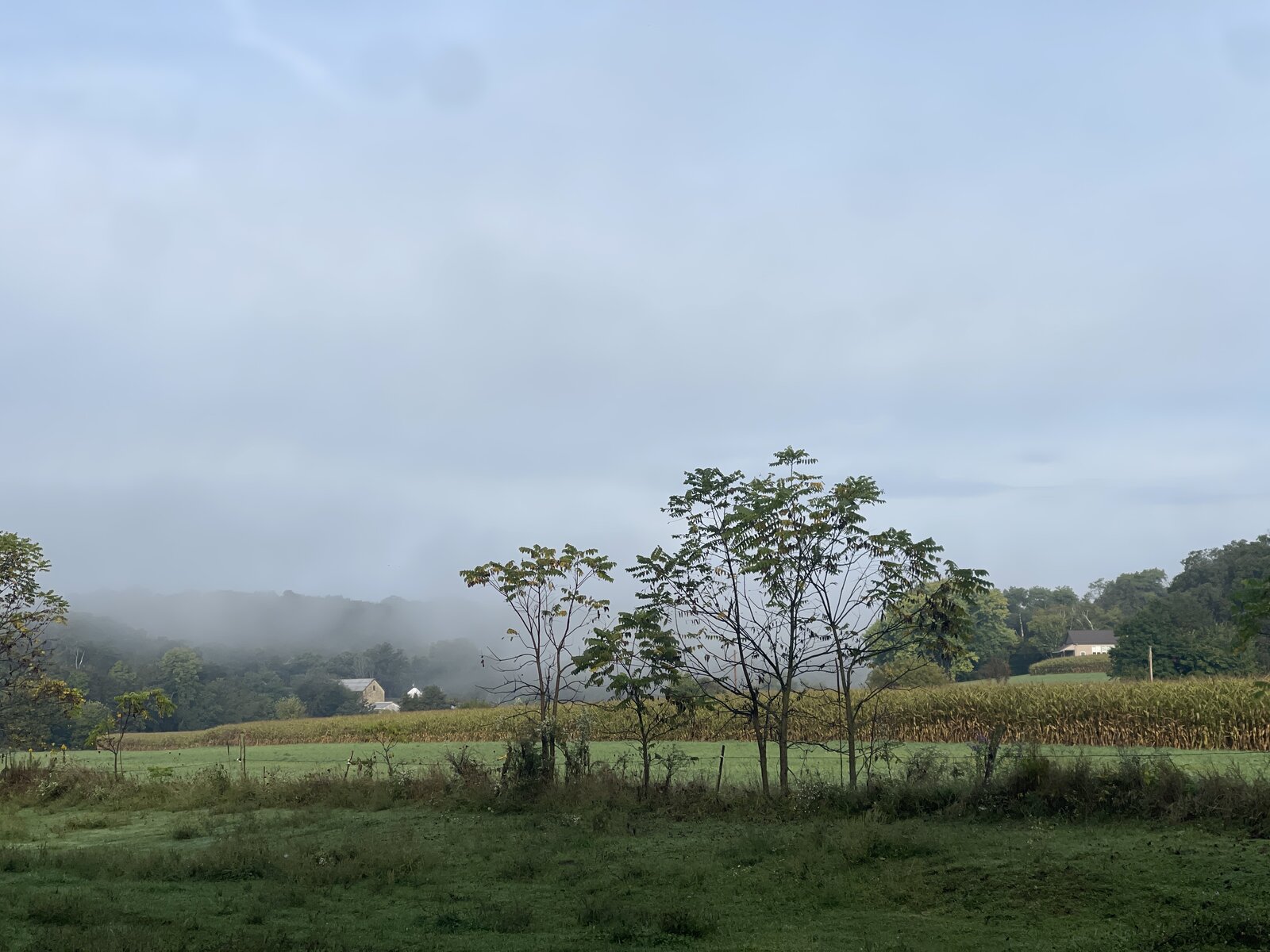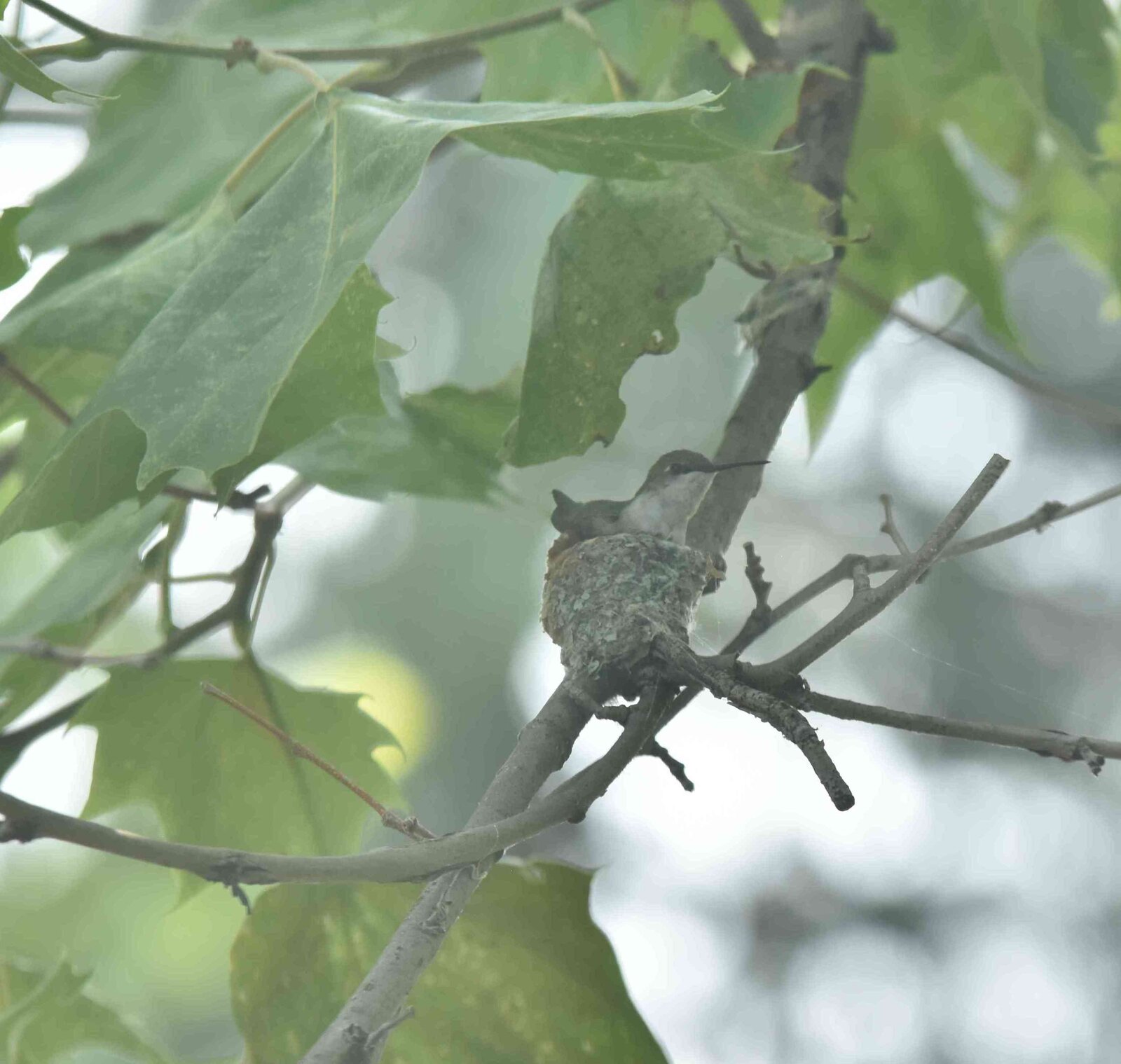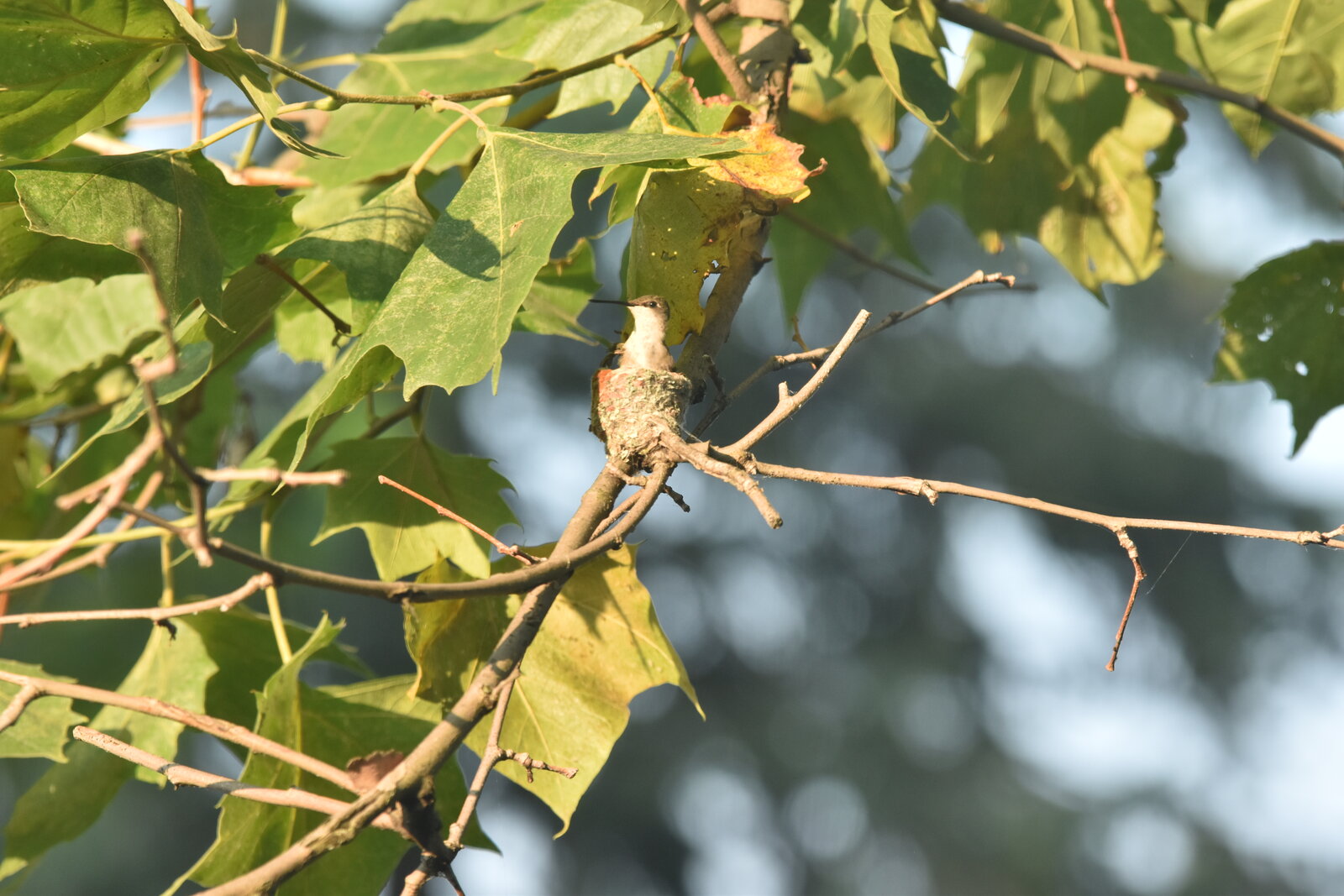Seeing: Past, Present, Future
A continuation of the previous post on the hummingbird. In the weeks since it flew away, the question that keeps occurring to me is some version of this: “Why did I see it? Why did this one flight back to the nest catch my eye?” This bird, hardly larger than a flying insect, could have kept sitting there, invisible in its stillness, for weeks. How many other lifecycles have passed unknown while I was looking right at them? This is surely what happens, many times over, for countless other events that are equally worthy. For a busy person, failing to see might as well be identical with seeing itself. I have to admit that my default powers of seeing are ordinary at best: too purpose-driven, insensitive enough to make me efficient. I can do better if I try, but I rarely give myself the chance.
But even the unobservant see things–startling things, even, that can completely change a life. It’s a question that has a long history: why does what is subtle and rare still break through, even with those who are busy, distracted, and chronically unobservant? Sight has never been fair. These reports–of those who were unfairly gifted a vision–are a form of compensation for those of us who miss most things.1
Annie Dillard’s Pilgrim at Tinker Creek: it’s one of those unclassifiable books, written by a naturalist with a spiritual appetite that has nowhere to go. She writes about the woods around her home in the Southeast US, near Roanoke, Virginia. I don’t remember why I found it worthy of reading in the early 2000s, in high school. The book came out in 1974, and won the Pulitzer Prize the next year. Maybe I took to it because she wrote from such an ordinary geographic place: neither well-preserved nor particularly wild, at best moderately scenic, not far from where I grew up in North Carolina2.
Read more →
 Looking south of Roosevelt and west of Clark, at the “
Looking south of Roosevelt and west of Clark, at the “
